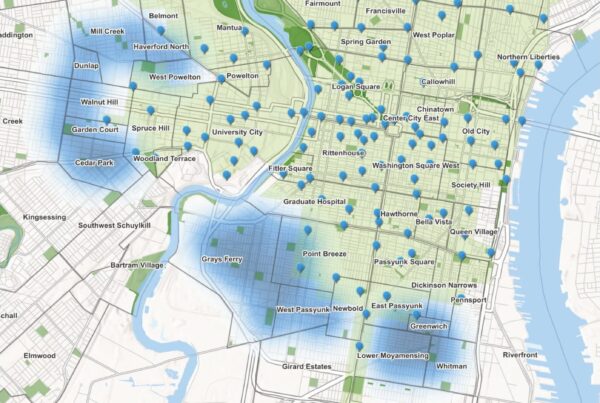Research by the Transportation Sustainability Research Center | August 25, 2001
Abstract:
The automobile is the dominant travel mode throughout the U.S., while transit accounts for less than four percent of market share. Between these principal modes, niche markets exist for other transportation services, such as transit feeder shuttles and carsharing. Commuter-based carsharing, in which individuals share a fleet of vehicles linked to transit, could potentially fill and expand one such niche, complement existing services, and develop into an economically viable transportation alternative. While most transit shuttles rely heavily upon governmental support, carsharing has the potential to become commercially sustainable. In 1999, the first U.S. smart commuter-based carsharing program – CarLink I – was launched in the East San Francisco Bay area. Positive program response led to the development of CarLink II – a larger, more in-depth exploration of the commuter model. Program differences include: an increase from 12 to 27 vehicles; a shift from one employer to many; a move from the Dublin/Pleasanton region to the South San Francisco Bay area; integration of seamless carsharing technologies; and an emphasis on economic viability. This paper includes a description of the CarLink I field test results, from which CarLink II builds; an overview of the CarLink II pilot program; a discussion of the CarLink II research goals and study methodology; and an examination of CarLink’s niche potential, as a complement to transit and feeder shuttles, in the South Bay.




